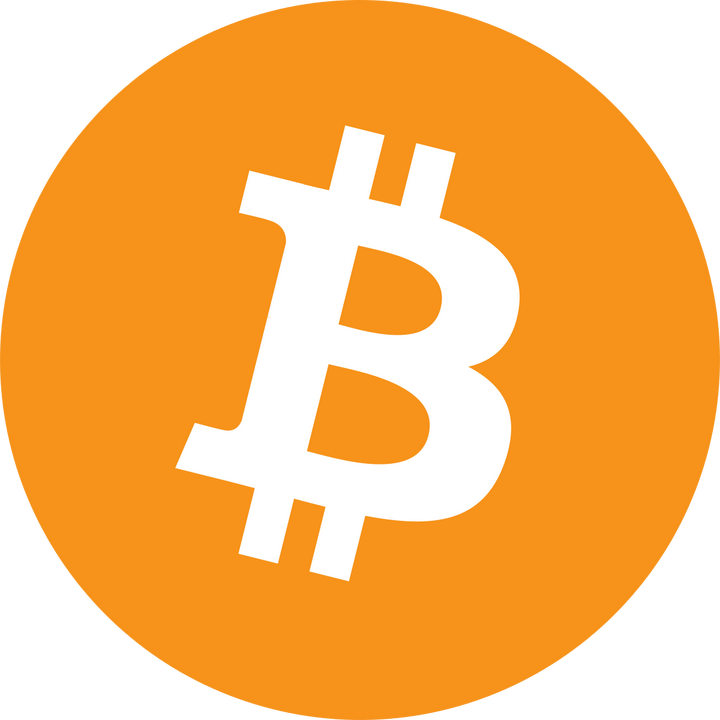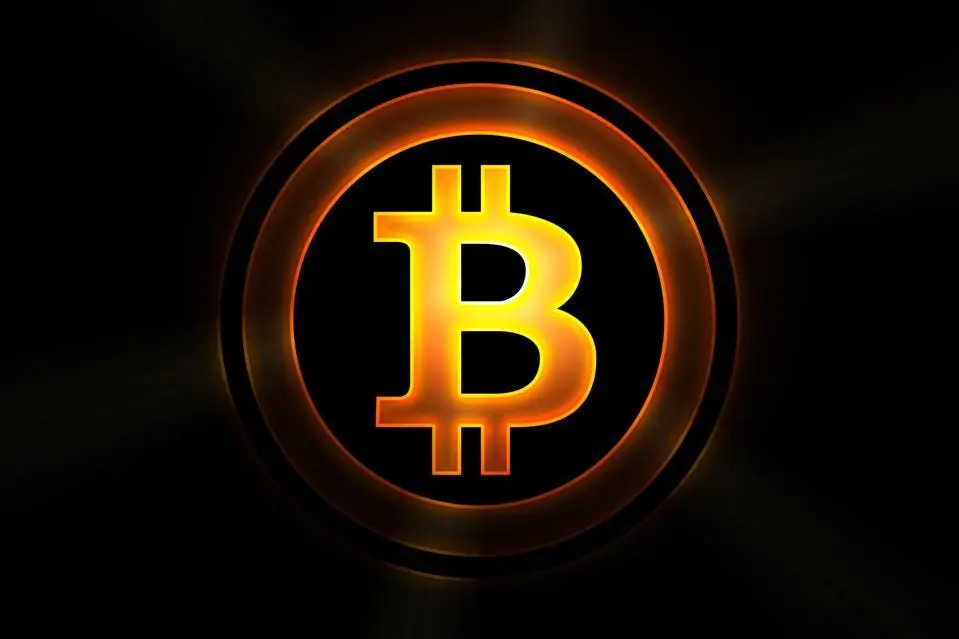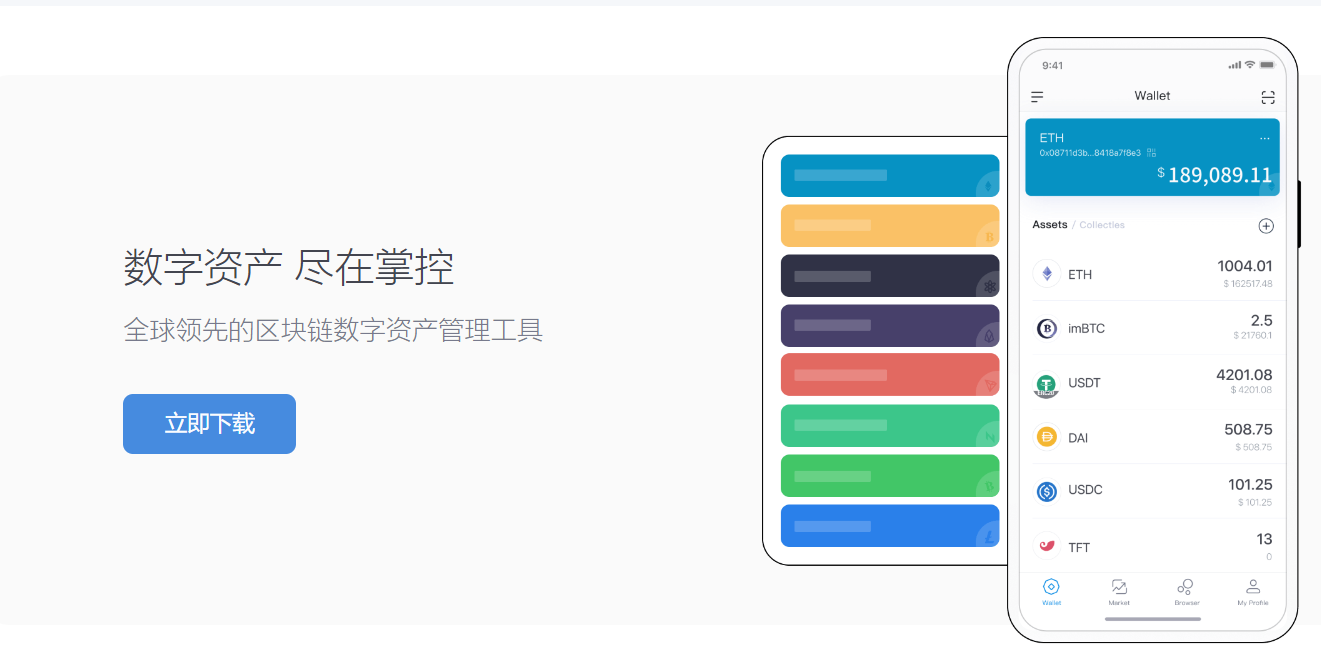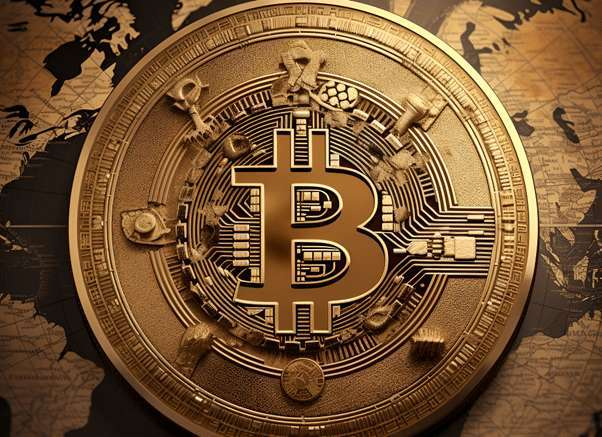Latest Research - The Wealth Code of the Meta-Universe
The Facebook Revolution
On 29 October 2021, Facebook founder Zuckerberg announced that he was changing the company’s name to “Meta” and that he would spend $60 billion over five years to make Facebook a meta-universe company that would facilitate the migration of people to the virtual world. He also claimed that “within the next decade, one billion people will have access to the metaverse, a digital industry that will carry hundreds of billions of dollars and provide jobs for millions of creators and developers.”
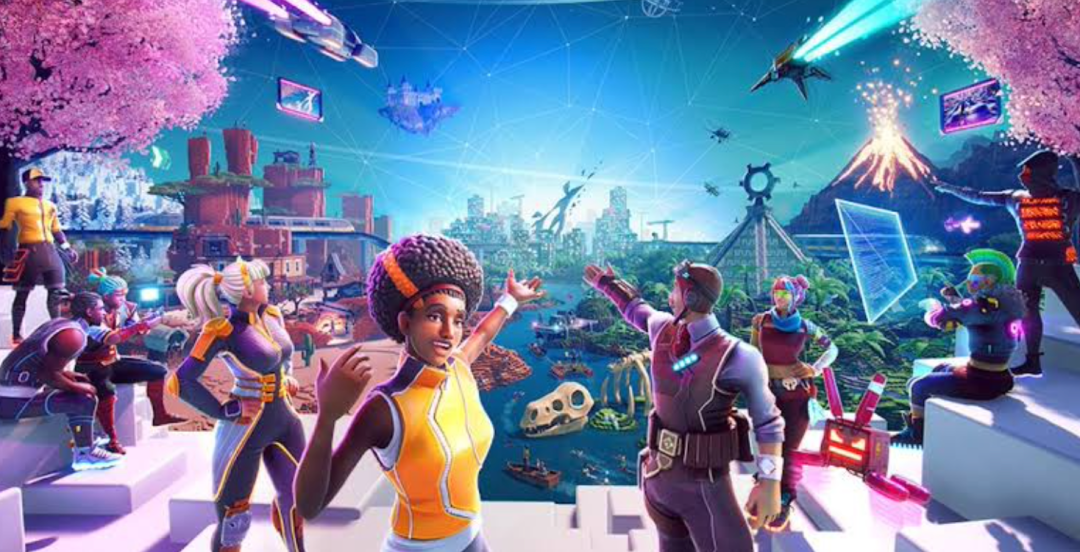
On 18 January this year, Microsoft, which bought games developer Activision Blizzard for $68.7 billion, also made a high-profile entry into the metaverse, saying it would “provide the infrastructure for the metaverse”.
All of a sudden, the metaverse has become ubiquitous, with those doing games, VR/AR devices, 3D engines, NFT digital collectibles, and even chips and video conferencing all claiming to have a metaverse concept.
I. What is metaverse in the end
Many people may be unfamiliar with the “Metaverse”, but those who have seen the popular 2018 movie “Top Gun” must remember a video game called “Oasis”, which some people say is the future of the The “metaverse” is a future world.
The term “metaverse” was first coined by science fiction author Neal Stephenson in his 1992 novel Snow Crash, which described a “metaverse” as a virtual world parallel to human reality. With the rapid development of 3D, VR and AR technologies, the “metaverse” is gradually evolving into a “real world” in a virtual environment, where people in the real world can use their digital identities to entertain, consume, socialise, create, earn money, etc., and also They can also move between different scenarios.
I believe that the metaverse is not a video game, nor is it the same as a virtual world, but rather a spatio-temporal intersection and fusion of “virtual world x real world”. While we all think of the metaverse as a digital space with many new virtual experiences, Zuckerberg made an interesting point in a recent interview - that the metaverse is not a place, but a point in time known as the “singularity moment”. A point in time known as a “singularity moment”. Many people think that a metaverse refers to a place, but in fact the definition of a metaverse is about time, a point in time where immersive digital worlds are basically the main way we live and spend our time,” Zuckerberg said. Zuckerberg points out that many people already live in digital worlds now, it’s just that people haven’t fully entered virtual reality yet.
The metaverse is a highly realistic “mixed reality” world, not just a “game world” with immersive experiences. People’s lives, clothes, food, housing and transport in the real world, and even their offices, can be carried out in a different way in the metaverse.
In the eyes of the tech giants, the metaverse is more like Liu Cixin’s description of blurring the boundaries between the virtual and the real, i.e. empowered by technology, allowing wearable devices to gradually become an essential part of people’s lives, just as smartphones are now. The result is a virtual world in which the five senses and six senses are infinitely closer to reality.
And from the perspective of Web 3.0, the metaverse is a new model of the future Internet, an application architecture for decentralised computing supported by blockchain technology. In this context, identity markers are a unification of rights and behavioral responsibilities, with rights managing assets and behavioral responsibilities influencing the value and reputation of identity markers.
These two perspectives on the metaverse are not really opposing, but are each distinct beyond the intersection, with the Web 3.0 perspective being about who will own and govern the metaverse, and the virtual and reality convergence perspective focusing on how users will experience the metaverse. It is the combination of the two that allows creators to ‘own’ a part of the metaverse they create. Here ‘ownership’ actually consists of three elements: governance, use and re-creation. The creator economy model connects these three elements.
A new way to play with metaverse
Let’s look at a typical example of the metaverse creator economy - Roblox, the so-called “first stock in the metaverse”, which went public in March last year and had a market capitalisation of over US$40 billion. Roblox is the first company to include the term “metaverse” in its prospectus, and has been dubbed the first concept stock of the “metaverse”.
Roblox is a platform that combines gaming and social media. There are tens of millions of games for players (mainly young people) to explore, chat and interact with their friends. But what makes Roblox unique is that the gaming company is not in the business of making games - it simply provides kids with the tools and platform to make their own unique creations. Most impressively, Roblox has turned its teenage audience into a group of fresh-faced entrepreneurs. Developers can charge a virtual currency, Robux, for a variety of items and gaming experiences, and they can exchange the Robux they earn for real money: 100 Robux can be cashed in for 35 cents (players can buy 100 Robux for $1).
Countless players and creators simulate life here, and when the avatars they create are widely recognised and accepted for the identities, environments, emotions they experience, and resources they exchange, then the virtual reality has real value.
This is the concept of creating a meta-universe that goes beyond the mere entertainment dimension of gaming as an experience, as emphasized by Roblox’s founders. In addition, Roblox has identified eight key characteristics that lead to a ‘metaverse’, namely Identity, Friends, Immersiveness, Low Friction, Variety, and Economy. Anywhere, Economy and Civility.
It is also the first commercial company to attempt to describe the characteristics of a ‘metaverse’ in general. We can see these characteristics of the metaverse in the evolution of Roblox. In short, in the eyes of Roblox founder Baszucki, the metaverse is a series of interconnected digital worlds where people can hang out, work and learn.
III. The metaverse is layered
From Roblox’s story, we can see that the metaverse is not the future, it already exists, or to use a cliché, “the future is here, it’s just not evenly distributed”. Looking back at the history of the Internet, each major innovation has divided an era in which life, experiences and value perceptions have been changed forever, and new industry chains and application architectures have been created.
We know that the metaverse builds a virtual digital world infinitely similar to the physical world, providing an immersive and deep sensory experience with a complete economic and social form. Because of its richness and complexity, building the metaverse is a systematically huge project that cannot be expected to be completed by a single super-enterprise on its own, but requires cooperation at the ecological level across the entire sector.
On the industrial end, this includes both the need to build and service virtual world content and further mining of the underlying infrastructure technology, with the gaming industry and the online technology sector currently at the forefront in outlining this future world. Giants such as Facebook, Tencent and Nvidia have a natural advantage in terms of capital, technology and content, whether through acquiring VR/AR companies or conducting in-depth research and development, and are actively laying out their plans.
The meta-universe itself is the result of the continuous evolution, interaction and combination of various technologies of the Internet. Building the meta-universe requires a number of technical supports, according to which we can divide the industry chain of the meta-universe into seven layers.
(i) Experience layer
After the metaverse is built, users can have dematerialised experiences in this world, such as playing games, socialising, listening to music, watching movies and so on. Experience is the layer of actual human participation in the metaverse.
(ii) The discovery layer
People learn about how experiences exist in the metaverse through discovery, which mainly refers to the ways in which users can learn about the experience layer, such as the software shop on their mobile phones, or advertisers’ ads and the ads placed in the app.
(iii) The creator economy layer
These are technologies that help monetise the objects or assets created by creators, such as design tools and monetisation technologies, asset markets, etc., where creators and teams can give new content to the metaverse and make money from it.
(iv) Spatial computing layer
Spatial computing breaks down the barriers between the physical world and the ideal world, and refers mainly to technologies that build the virtual world of the metaverse to make it 3D and three-dimensional, including 3D engines, VR (virtual technology)/AR (augmented reality technology)/XR (virtual reality hybrid), multitasking interfaces, etc.
(v) Decentralised layer
This refers to the technologies needed to move content out of the system from ‘authority’ (e.g. ‘walled gardens’ and finance), to connect the many virtual worlds and to provide users with unique IDs, including edge computing, blockchain and other technologies.
(vi) Human-computer interaction layer
The human-machine interface helps us connect to the virtual world through mobile devices, smart glasses, etc. It mainly refers to the hardware level, such as VR glasses, VR headsets and other devices.
(vii) Infrastructure layer
Infrastructure supports the operation of devices, connecting them to the network so that they can deliver content and support computing. It mainly refers to the most basic technologies that enable the metaverse, including infrastructure such as 5G, WIFI6, cloud computing and graphics processing.
Figure 1: The seven heavens of the metaverse
As we can see, Roblox’ platform spans four of the seven layers of the metaverse (marked in orange in Figure 2), with features supporting everything from experiences and exploration and discovery, to creator economies and spatial computing.
Figure 2: Roblox’s distribution of layers in the metaverse
From the rise of Roblox we have seen that the metaverse is a new kind of “creator economy” platform and that the long-term trend of growing the creator base is unstoppable. With the meta-universe catalyst, the “main development demographic” of the meta-universe, such as special effects artists, animation designers, artists, product managers and R&D engineers, is a hot commodity in the market and the number of creators is expected to grow exponentially.
From an industry perspective, the creator economy and spatial computing companies such as Adobe, 3D design engine Unity and graphics processor manufacturer Nvidia will also reap the dividends of growth. These companies are the “water sellers” of the metaverse world, and are also the scarce players in the metaverse market.
Online video conferences and product launches for companies, online courses for the education industry, graduation ceremonies, concerts and many other real-life scenarios are already being transported to the virtual world. Like our real world, the content of metaverse forms is extremely rich and realistic, closely complementing the real world. In a future metaverse ecosystem, what rules are needed to build a vibrant ecosystem for all business players and consumers alike?
Rather than conceptually understanding and clarifying what a ‘metaverse’ is, we should look directly at what experiences we can have in a ‘metaverse’.
A new experience in the metaverse
Everything is playable
In April 2020, American rapper Travis Scott held a concert in the sandbox game Fortnite, which was watched by over 45 million players. The concert lasted approximately 10 minutes and the realistic character modelling, stunning in-game scenery, and changing venues (from land to water to outer space) in response to the song presented a richly layered experience that brought players an intense sense of immersion like no other.
In addition to in-game concerts, the game as a gateway to the metaverse experience can cover many scenarios you wouldn’t expect, such as the University of California, Berkeley’s graduation ceremony last year in Microsoft’s game My World, which graduates attended as avatars. The world’s top AI academic conference held its 2020 symposium on Nintendo’s Animal Mori Friends game, with speakers playing texts and giving talks in the game. Games have become more than just an entertaining pastime to pass the time and a spiritual escape from reality, they are also increasingly becoming an extension of the real world.
Office in the metaverse
Let’s look at the office scene in the metaverse.
The new crown epidemic of the last few years has “revolutionised” the workplace. Bill Gates wrote in his blog In his blog, Bill Gates writes that “these changes will only intensify in the next few years …… In the next two or three years, I predict that most virtual meetings will move from two-dimensional images to a metaverse, a 3D space with virtual images”.
The two-dimensional image, which Gates likens to the game show Hollywood Squares - is the format that most video conferencing platforms (such as Zoom or Microsoft Teams) currently offer. In the metaverse, you will have a 3D avatar so that you can attend meetings in a virtual office space or other destination, where you can also interact with the avatars of your colleagues.
In fact, Microsoft is working on adding 3D avatars and other metaverse elements to its office software Teams. Only a month after Facebook changed its name to Meta, Microsoft announced a partnership with Meta to make the latter’s Workplace enterprise social networking software compatible with Teams, giving Teams a clear entry point to the metaverse.
Of course, it’s not just the internet giants who are looking at the remote virtual office market either. There are also opportunities for new start-ups with good ideas, good community development approaches and good governance mechanisms. Let’s take a look at Gather Town, a virtual office and team collaboration startup that has recently become very popular.
In Gather Town, a virtual meeting room can be created using built-in tools, and colleagues with a password can access the room to start a meeting. If you need to talk alone, then just approach the person and the video and microphone will automatically turn on, and when you leave the room, the sound will automatically fade out, making it really immersive!
Not just for meetings, but for basic office functions too! Gather Town even has a number of ‘game rooms’ with lots of mini games for the team to play during breaks.
Shopping in the metaverse
In September 2021, Balenciaga partnered with the virtual game Fortnite to create new clothes and game props for four of the game’s most popular characters. A virtual retail shop has been set up in the game and the clothes are also available physically as new Parisian merchandise, allowing users to wear the same items as their in-game avatars, further blending the virtual and real worlds.
Players on Fortnite are now said to spend nearly 50% of their time in the game’s creative mode, designing their own universes and participating in role-playing games. Last April, a player named Lachlan staged a fashion show in creative mode where players showed off their designs. The video has been viewed over 11 million times on YouTube.
Fortnite’s team was provided with 3D scans of each garment by the House of Paris, which allowed the game’s designers to recreate the textures, patterns and wearing styles of the garments in vivid detail for the in-game characters. The designers also transformed the Speed 3.0 sneakers into the ‘Iron Pick’ that the characters wield in the game, while the classic Hourglass Bag became the glider that players ride into battle. In addition, players can purchase a dance for their character to perform - all new experiences and ways to play in the metaverse.
Imaginative metaverse creators and players can also allow you to experience scenarios that you wouldn’t be able to participate in, or even imagine, in the real world, such as Nike’s recent metaverse stadium on Roblox called NIKELAND, which breaks down one of the biggest barriers to sport - access, you don’t have to be a real You don’t have to be a professional athlete in the real world to experience a variety of sports on your own and in teams in the metaverse as a virtual athlete.
The metaverse playing field
NIKELAND is a virtual sports arena built in the Roblox metaverse, with buildings and venues inspired by Nike’s real-life headquarters and offering the Roblox community a wide range of competitive events to test their competitiveness in various minigames. With the NIKELAND toolkit, creators can easily design their own minigames using interactive sports materials.
Visitors in NIKELAND can also use the accelerometer in their mobile devices to transfer offline sports to online games. For example, you can move your device and body to perform cool in-game moves such as long jumps or speed runs.
You can also equip your NIKELAND avatar with special Nike products in the digital showroom. Such as wearing classic shoes such as the Air Force 1 and Nike Blazer, as well as the vast and personalisable NFT digital shoe collection designed by RTFKT Studio, a recently acquired studio by Nike specialising in digital shoes, all of which can be found in the digital showroom.
At NIKELAND, the unlimited creativity of individuals is supported and stimulated. Players can earn blue ribbons and gold medals by racing around the yard, building the yard, exploring and finding Easter eggs. Blue ribbons are used to obtain building materials for the yard and gold medals unlock virtual products.
These are typical of the new experiences in the metaverse, which are very different from the previous content creation on the internet, and the “creator” economy has gone through three waves.
V. Evolution of the creator economy
The emergence of platforms such as blogs, microblogs and WeChat, which allowed users to become creators if they wanted to, and the emergence of the User Generated Content (UGC) model, which measured influence by data, created a new wealthy class of influencers, the netizens. A new class of influencer. The income of an influencer consists of the revenue generated by the promotion of a brand and the share of traffic that accompanies advertising on the platform. This stage is what we will call the “first wave of the creator economy”.
The code of wealth for the first wave of the creator economy is branding and advertising, while the second wave is users and fans. This shift is due to the fact that measuring revenue solely in terms of numbers (traffic/followers) only results in the creators being bigger. In a vicious circle, subscriptions (which is where many traditional media outlets are transforming) and crowd funding have emerged, focusing on quality work to meet market tastes. By taking money from their supportive fans, creators are not only more independent, but also able to create a “second wave of creator economy” with a higher degree of community adhesion through interactive forms such as live streaming and shake-downs.
Will a new community identity replace other self-identities as the virtual world becomes more communal? A clear pattern can be seen in the development of the first and second wave of the creator economy, namely the “communityisation” of creators and fans.
What is the ‘third wave of the creator economy’? In fact, it has taken shape in the recent booming NFT market. We have seen that creators create new value through NFT, and that higher value provides higher beliefs in the community, while users become ‘collectors’ through their participation, which is the new position that the third wave of the creator economy provides for this era. It also means that the creator is no longer purely the owner of the work, but that it is the participation of the fans that really gives value to the work, and that not only the exchange platform benefits, but also the artist and the collector become the new beneficiaries. This third wave of the creator economy is taking place in a meta-universe where digital technologies are converging in the Web 3.0 era.
The metaverse is a product of Web 3.0, a new era of the Internet in which creators and users, rather than platforms, hold economic control, and NFT is seen as a fundamental element in establishing digital ownership and economic systems in the future metaverse. This will also bring new metaverse business forms, knowledge products and important new entertainment and marketing vehicles for IP creators, brands, virtual community members and other stakeholders.
Therefore, the metaverse will certainly unlock a trillion-dollar scale of immersive experience business and emerge more metaverse native super brands like Bored Ape!
- Meta-universe and brand building
In the future, as more brands build novel experience halls, games and digital asset showrooms in the metaverse, more creators and users will be inspired to interact directly with brands, instead of having to go through the platform e-commerce and social media of the Web 2.0 era.
The Web 3.0 era is an era of creators’ economy in which everyone can participate and profit, which can reduce the “transaction costs” caused by mistrust and is a new co-creation model of ownership economy. The trust that used to be built up over time through branding and word of mouth is embedded in the new governance model of the Web 3.0 metaverse, which is a new opportunity for small creative companies and even individuals to build brand equity.
The metaverse may be a new way to build brand equity, building brand and IP equity by “blending the real with the imaginary”. The digital assets in the metaverse can help expand into new markets and areas where online and offline converge, and enable the launch of new products and services in both digital and physical spaces that can combine the real and the virtual.
In the metaverse, the brand-building model is co-created with users from the very beginning. Each participant, whether providing ideas, linking resources, developing communities, showcasing and spreading the word, or testing and giving feedback can participate in the co-creation of brand assets and share in the dividends of brand value added through NFT/tokens. Over time, this community-based co-creation of the brand will not only increase the value of the company itself, but will also bring the spillover value of the “positive externality” network effect to each individual in the ecosystem.
“Building a community, not an audience”. These new generation of independent creators are more interested in creating hubs where people can gather and communicate, through new types of membership that tie NFT digital assets to community voting, governance and economic distribution mechanisms. Creators can provide more value to community members, such as more opportunities to participate in value creation and sharing and community collaboration activities, thus bringing the community closer together.
The digital economy has evolved to the point where the metaverse is the preferred path for creative small companies and individuals to build IP and brand equity, and the metaverse is the main space for the future of digital life. The sooner you can be in it and make a point with a clear and compelling brand proposition, the better your chances of growing with the times. The insurance industry can seize the opportunity to be early in the metaverse, and I believe there is much to be gained!
